
An EU initiative designed an information system to improve the transportation of passengers by enhancing intermodality.
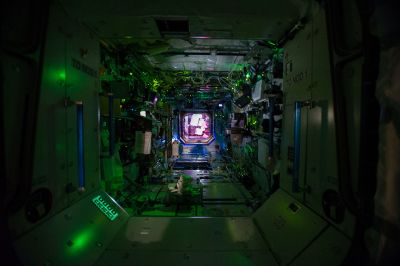
EU-funded scientists succeeded in controlling spin transfer at the interface of hybrid organic-inorganic (HOI) materials. This paved the way for developing innovative spintronic devices for reconfigurable computing and next-generation display technologies.

Buildings account for around 40 % of European energy consumption and are an important target for emissions reductions. A novel application (app) comparing energy savings afforded by various construction products is now at the fingertips of beta users.

Although the use of algae in the production of biofuels has enormous potential, the industry is struggling to grow consistent volumes at realistic prices. An EU-funded initiative made up of leading researchers investigated ways to utilise light energy to improve algae cultivation methods.

An EU-funded project is unveiling an innovative and competitive waterborne transport solution with zero emissions, opening up a new world of possibilities for efficient electrically propelled vessels.
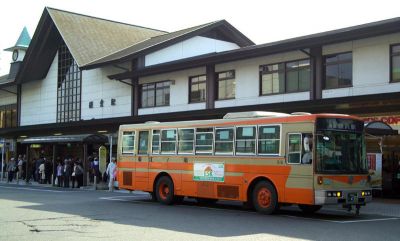
An EU team investigated bus-based solutions to urban traffic problems. The comparative study has yielded comprehensive guidelines for improvement, and an updated edition of the Roadmap for European Advanced Bus systems research.
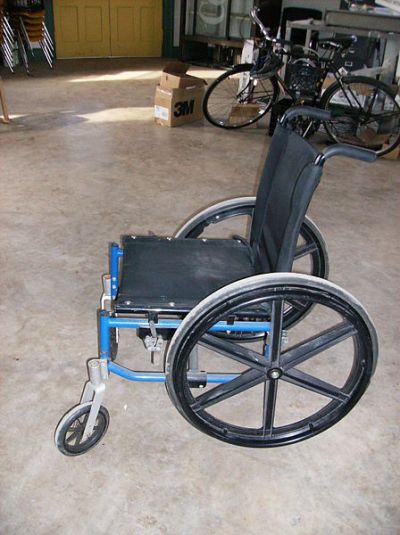
An EU team developed an integrated wheelchair and lift system, including special new chairs, adaptable to a range of popular cars. Manufacture and testing validated the new designs, as well as the automatic software and hardware control sub-systems.
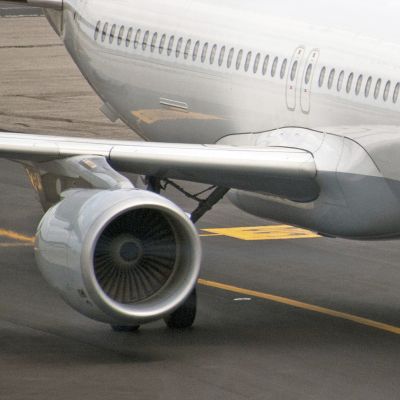
EU-funded scientists are investigating new design concepts to protect future aircraft from damage by failure of engine components.
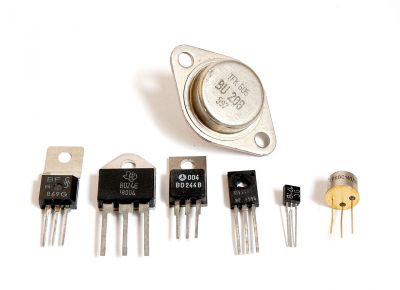
An EU-funded project successfully blended organic with photochromic molecules, paving the way for development of photo switchable organic field-effect transistors (FETs). Project findings open up new opportunities for optoelectronic and sensing applications.
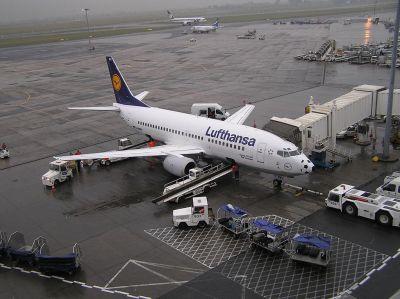
Additive manufacturing (AM), or 3D printing, is a rapid process for building up a part of complex geometry with minimal material waste. Innovative application of AM to on-site aircraft maintenance and repair is preparing for take-off.
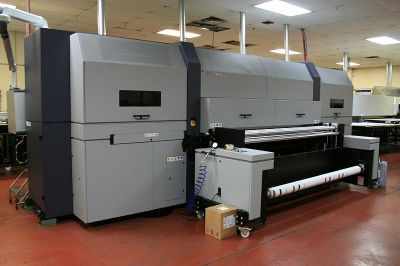
As the world is becoming more digital and connected, the transition from analogue to digital technologies can have a profound impact on materials and manufacturing. An EU-funded project has identified the most promising digital fabrication technologies and pointed out the direction to transform European industries.
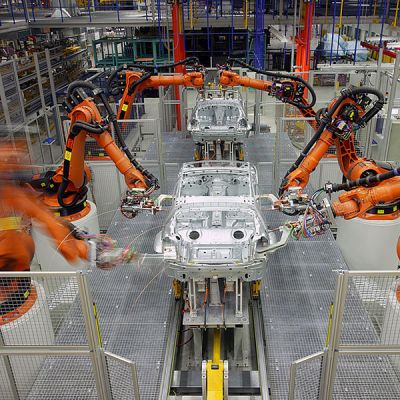
Adhesive bonding can increase the range of lightweight materials used by car manufacturers, but the high-temperature curing required is problematic. A novel formulation compatible with low temperature curing will have major impact.
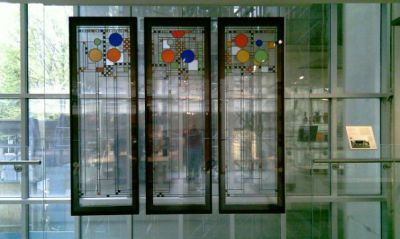
European buildings account for approximately 40 % of Europe's total energy consumption and about 36 % of its carbon dioxide emissions. Zero net energy buildings are targeted and novel smart window technology could be the means to the end.
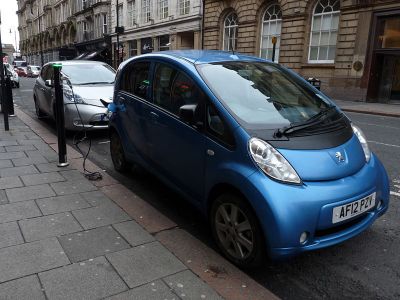
Reducing the environmental impact of road transport would have major benefits for the planet. Materials and processes that lead to a superior electric vehicle with minimal carbon footprint at a reasonable price should encourage widespread adoption.
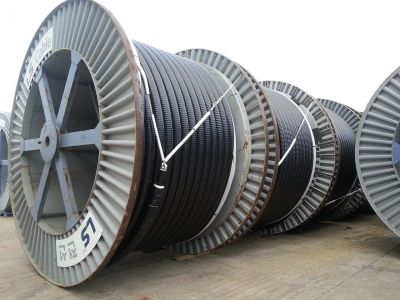
Major energy savings and reductions in harmful emissions are a step closer with the development of viable superconducting tapes.
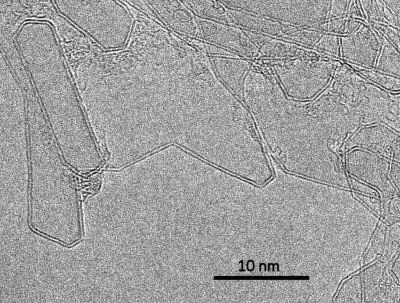
With the development of clean energy sources as one of the greatest challenges of the 21st century, the use of sunlight to drive catalytic reactions, and particularly hydrogen production from water splitting, has emerged as a promising route. This project takes advantage of the large library of nanomaterials to produce new hybrids with enhanced properties that result in higher photocatalytic efficiency.

An EU team created a web portal to promote the use and transfer of eco-innovation information. Project results included an analysis methodology, the evaluation of over 190 cases and a breakdown of the sectors showing the most promise.
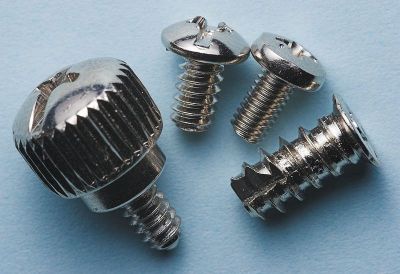
Tapping the market for small, customised metal parts could boost the competitive position of small and medium-sized enterprises (SMEs). A new manufacturing platform designed with this in mind promises better parts at lower prices.
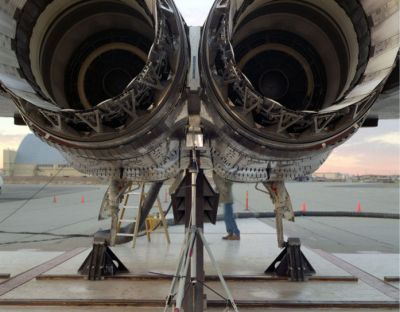
Nowadays, critical parts of aero engines are manufactured at different factories in different countries, requiring that their inspection is done in a unified way. For EU-funded researchers, the best way to ensure homogeneity is by automating the evaluation of these parts.

Nanoparticles (NPs) with dimensions on the scale of nanometres have improved products and services in numerous fields. However, their small size, high reactivity and tremendous diversity pose challenges to ensuring environmental health and safety.
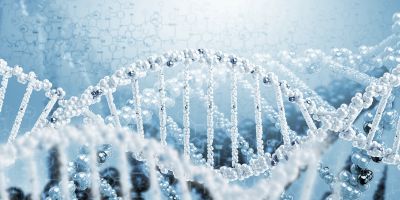
DNA is an amazing natural polymer that self-assembles into complex 3D shapes. Scientists have demonstrated the ability to control configuration and make them conductive.
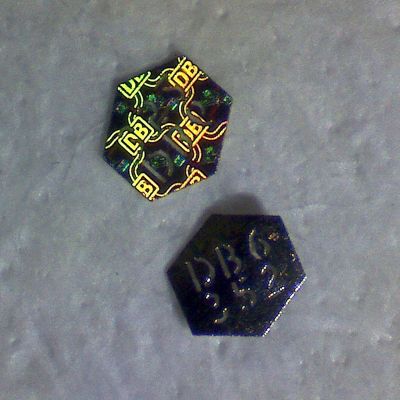
Plastics form the backbone of components in numerous industries including automotive, lighting and toy manufacturing. New moulds and mould tools that imprint nano-structured patterns directly during plastic processing will enable major improvements in production.
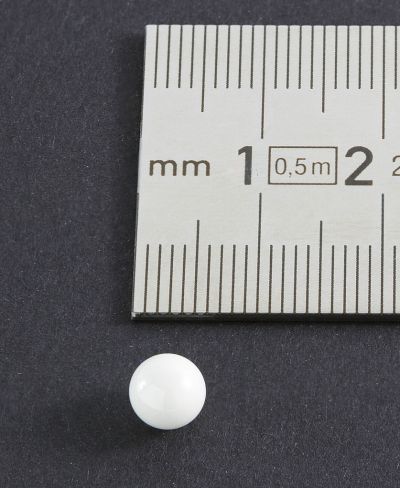
Proteins are ubiquitous, serving a myriad of important functions in living organisms from neurotransmission to cell recognition. Scientists have now engineered stable and functional protein modules for integration into novel nanodevices.

The design of a ship can adversely affect human performance, which may lead to maritime accidents. An EU initiative is looking at how ship design contributes to human error.

Europe's electric mainline railway systems provide an important service to individuals and businesses. Energy management solutions can enhance their sustainability, and a large EU-funded consortium plans to deliver a roadmap for implementation.
























